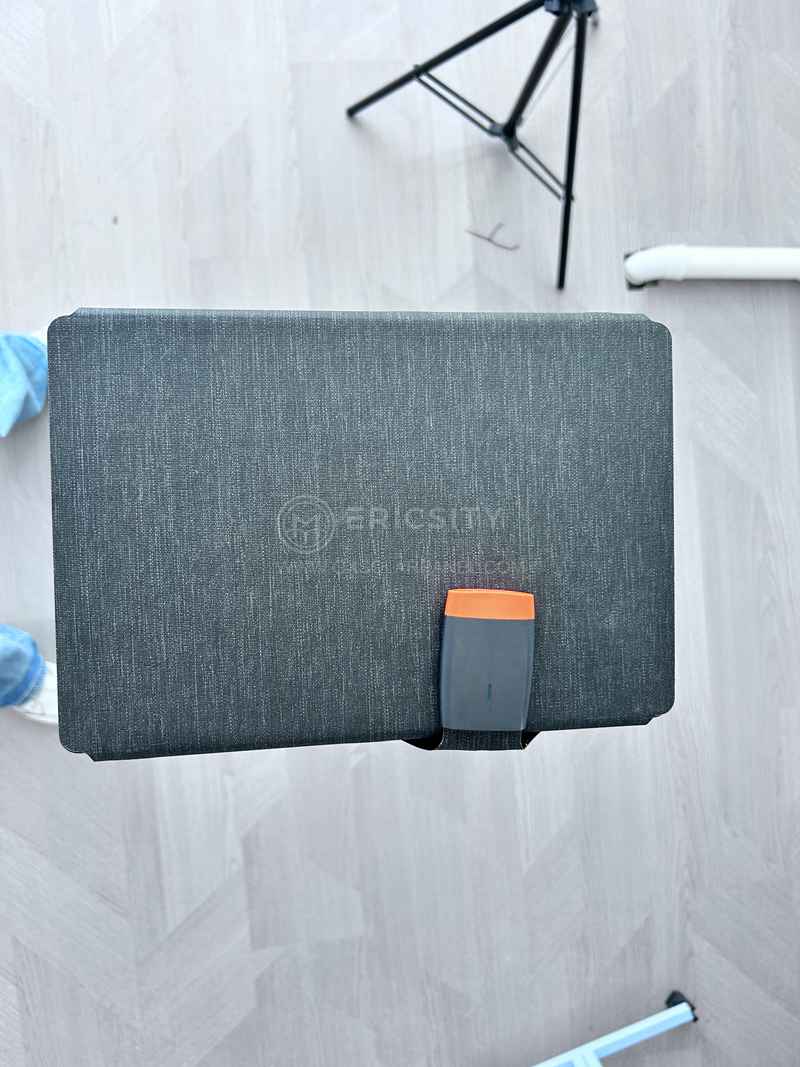HOT PRODUCT
Product Details
Maximizing Your Solar Investment: Budgeting For Monocrystalline Panels
Title: Maximizing Your Solar Investment: Budgeting for Monocrystalline Panels
Introduction (90 words):
Investing in solar energy is a significant step towards reducing your carbon footprint and saving money in the long run. When it comes to selecting the right solar panels, monocrystalline panels are often considered the most efficient and durable choice. However, before making the investment, it is crucial to develop a budget that accounts for various factors influencing the cost of monocrystalline panels. In this article, we will explore the key considerations involved in budgeting for monocrystalline panels, ensuring you make an informed decision that maximizes your solar investment.

1. Assessing Your Energy Needs (100 words):
Before considering the budget for monocrystalline panels, it is essential to evaluate your energy needs. Determine your average monthly energy consumption, and analyze trends to estimate future needs. Energy needs can vary based on factors such as location, household size, and electricity consumption habits. Accurately assessing your energy needs will help you select an appropriately-sized solar panel system, which in turn affects the overall budget.
2. Understanding Monocrystalline Panels (120 words):
Monocrystalline solar panels are known for their high efficiency and sleek appearance. Composed of a single crystal structure, these panels offer better performance in low-light conditions compared to other types, making them ideal for residential and commercial installations. However, it is important to understand that monocrystalline panels are relatively expensive compared to other options. While their superior efficiency can result in long-term energy savings, it is crucial to consider the initial investment required when budgeting for monocrystalline panels.


3. Evaluating Installation Costs (120 words):
Installing a solar panel system involves not only purchasing the panels but also factoring in various installation costs. These costs may include acquiring permits, hiring a professional installer, and any necessary upgrades to your electrical system. It is recommended to consult with reputable solar installation companies to obtain accurate cost estimates tailored to your specific situation. Evaluating installation costs is crucial for budgeting properly and avoiding any unexpected financial burdens.
4. Considering Incentives and Rebates (100 words):
To encourage the adoption of solar energy, governments and utilities often provide incentives and rebates to offset the initial investment. Research and explore available programs in your region. These incentives could include tax credits, cash rebates, or net metering programs, significantly reducing the overall budget required for monocrystalline panels. Take advantage of these opportunities to maximize your solar investment and accelerate your return on investment.
5. Factoring in Maintenance and Warranty (90 words):
When budgeting for monocrystalline panels, it is essential to account for maintenance costs and warranty coverage. Although monocrystalline panels typically require minimal maintenance, occasional cleaning and inspection are necessary to ensure optimal performance. Additionally, understanding the warranty terms and coverage is crucial, as it provides financial protection in case of any defects or inefficiencies. Factoring in maintenance and warranty costs allows for a comprehensive assessment of the long-term financial implications of investing in monocrystalline panels.
Conclusion (80 words):
Maximizing your solar investment with monocrystalline panels requires careful consideration of various factors, including energy needs, panel costs, installation expenses, available incentives, and long-term maintenance requirements. By developing a comprehensive budget that accounts for these elements, you can make an informed decision that ensures both energy savings and environmental benefits. Investing in solar energy and adopting monocrystalline panels will not only provide long-term financial advantages but also contribute to a sustainable future by reducing reliance on fossil fuels.




